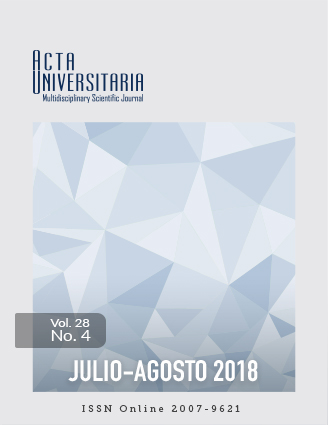Historical use of pesticides in sugarcane plantations in the DR035 La Antigua, Veracruz
Published 2018-10-15
Keywords
- Agricultores,
- exposición laboral,
- herbicidas,
- insecticidas,
- uso de plaguicidas.
- Farmers,
- occupational exposure,
- herbicides,
- insecticides,
- pesticide use.
How to Cite
Abstract
Sugarcane crop involves a wide variety of pesticides. Therefore, there is a need to know their status of use and to identify their health risk on the occupationally exposed population. The aim was to identify pesticides used during the last 30 years on this agroecosystem, in the Irrigation District 035 “La Antigua”, Veracruz, Mexico, and its potential effects on human health. A search of historical data along with a survey among farmers in the Modelo and Gloria mills were carried out in 2011. Twenty-eight different active ingredients have been applied from 1980 to 2012. Carbofuran and monocrotophos as well as herbicides, such as triazine, 2, 4-D and monosodium methyl arsenate, had been the most common used insecticides. Pesticides used are closely related to induce immune and endocrine disruption, damage to the peripheral and central nervous systems, and carcinogenesis in humans.

